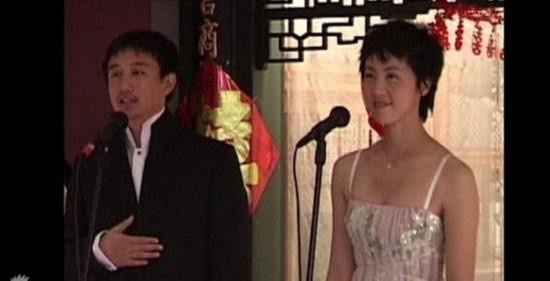

#MAY TCHIA VANG FREE#
Hmong in Minnesota, The People of Minnesota Series, Minnesota Historical Society Press, $13.95 paperback, Both are free and open to the public, but reservations are required for the Minneapolis event. She will be at the Minneapolis Central Library, 300 Nicollet Mail, Minneapolis on January 31 at 7:00 p.m. Vang will be in Minnesota for two book-signing and discussion events this week.
#MAY TCHIA VANG SERIES#
a Twin Cities raised Hmong woman is now an Assistant Professor in the Department of History at the University of Wisconsin – Milwaukee, has authored “Hmong in Minnesota,” the latest of the People of Minnesota Series of books published by Minnesota Historical Society Press.ĭr. She portrays Thai refugee camps as worlds of utter abandonment for the Hmong, life as they knew it appeared lost forever.Chia Youyee Vang, Ph.D. Most fled to Thailand and enjoyed “a brief moment of relief” as people transitioning from fear for their lives to “the harshness of displacement,” she says. The book follows the Hmong who left Laos after the United States departed Vietnam in 1975 and the subsequent communist takeover of both nations. As a result, Professor Vang writes that Hmong who once flew for and admired the General lost all respect for him. Similarly, at the end of the war, Vang Pao provided little, if any, assistance to the Hmong. When a pilot was killed, however, the General usually ignored the needs of the man’s families, causing them extreme economic hardships. Vang Pao paid Hmong pilots salaries (plus frequent bonuses) far higher than those that went to his regular soldiers. An American interviewee claimed that one pilot flew more than 4,000 missions. No limit existed for how many missions they flew or the number of risks they took. Nevertheless, the performance of the Hmong in combat was selfless. What’s more, the primary runway at Long Tieng (Long Chieng) was too short and one end was blocked by towers, which eliminated any margin for flying errors.

Sometimes bombs failed to release and rockets did not fire.

Worst of all, their T-28s had been rejected by the Vietnamese and, due to modifications, no two airplanes were alike. A few of the men had never driven an automobile, Vang says. Vang Pao and American instructors selected and qualified Hmong as pilots from a group of people who lacked formal education and had no tech skills. She recognizes failures as well as successes of the Hmong pilots. Her technique amplifies the emotional impact of the speakers. Professor Vang excels at story telling by incorporating interviews verbatim into her narrative of the time. Forty-three people contributed reminiscences to her book. In 2013-14, she conducted face-to-face interviews with former Hmong pilots, relatives of those killed in action or deceased, and a few American military personnel who worked with the Hmong during the Vietnam War. Her family eventually settled in the Minnesota as political refugees. The book accounts for all of them.īorn in Laos, Vang left the country at the age of eight in 1979. Code-named “Water Pump,” the program lasted from 1964-75 and trained thirty-eight men, some of whom flew thousands of combat missions.

Professor Vang, who teaches at the University of Wisconsin-Milwaukee, takes a highly emotional look at why and how the United States trained Hmong soldiers to fly close air support in reconfigured T-28s commanded by Gen. History professor and author Chia Youyee Vang has written another chapter about the United States Secret War in Laos with Fly Until You Die: An Oral History of Hmong Pilots in the Vietnam War (Oxford University Press, 218 pp.


 0 kommentar(er)
0 kommentar(er)
